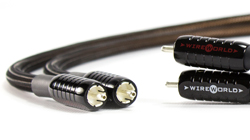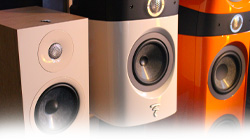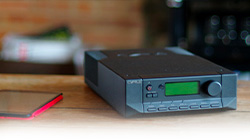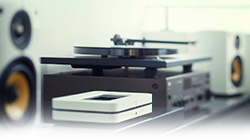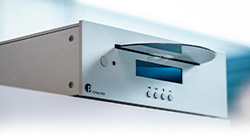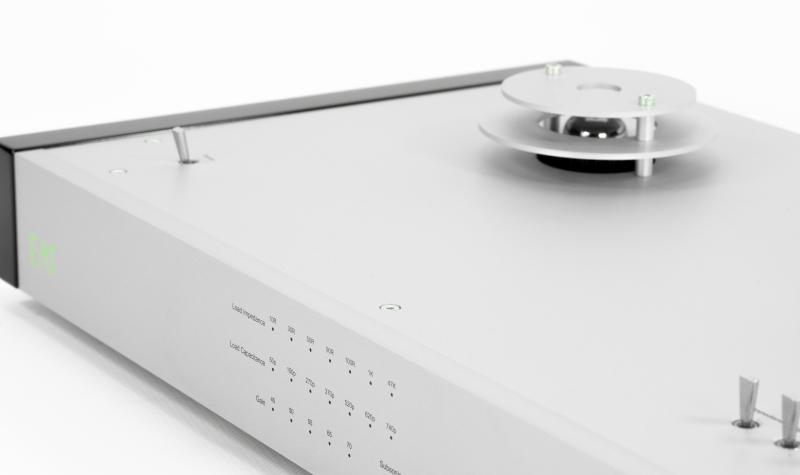
Czech brand EAT presents its latest creations: the E-GLO S and the E-GLO PETIT 2, two tube phono preamplifiers that continue the brand’s philosophy: offering accessible tube electronics without compromising sound quality.
What is a phono preamplifier?
The phono preamplifier is the interface between your turntable and your amplifier. Its role is to amplify the weak signal delivered by the phono cartridge (a few millivolts) and to apply the RIAA correction, the equalization curve used when recording vinyl records.
Main functions of a phono preamplifier:
- Amplification: Raises the cell signal (0.1 to 5 mV) to a line level (1-2V)
- RIAA Equalization: Applies the inverse correction curve to the one used during engraving
- Impedance matching: Optimizes signal transfer between cell and amplifier
- Filtering: Eliminates unwanted noise and frequencies
Without a phono preamplifier, your turntable’s signal would remain inaudible or distorted. While your amplifier may have a built-in phono input, a dedicated external amplifier can still improve the sound quality of your vinyl records.
E-GLO PETIT 2: An accessible approach
The E-GLO PETIT 2, replaces the previous model in this price range. Its solid aluminum chassis, available in black or natural finish, houses two ECC83 tubes protected by aluminum saucers.
- Solid aluminum frame (black or natural)
- ECC83 tubes with aluminum protection
- Settings accessible on top
- LED de statut en façade
- Quality RCA connectors
- External DC power supply
EAT has opted for a hybrid design: ECC83 tubes (double triode) provide the first gain stage, while a cascode connection with two low-noise 2SK209 J-FET transistors completes the circuit.
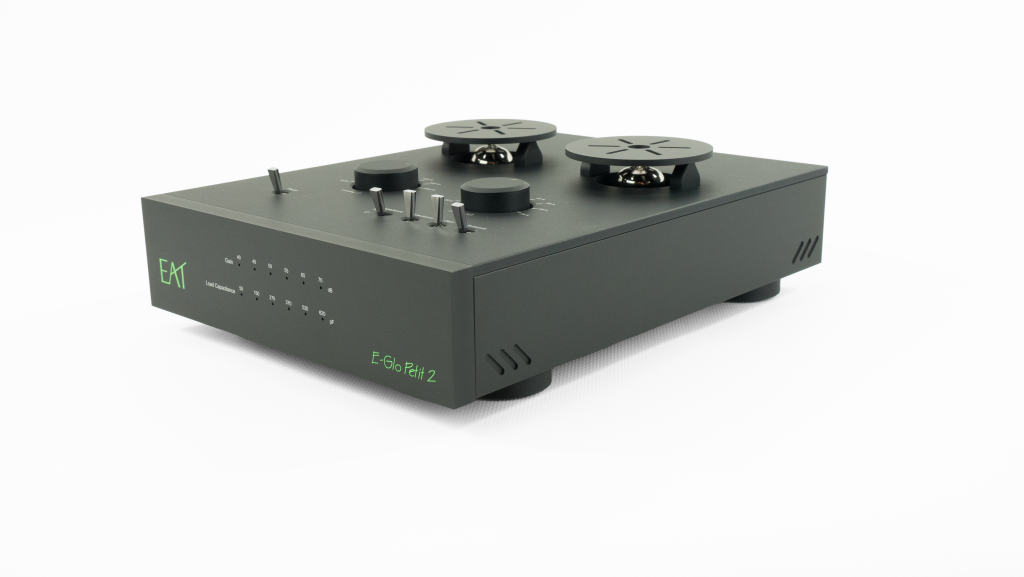
Technical characteristics:
- Configuration cascode : Tube + 2 transistors J-FET 2SK209
- Signal to noise ratio : 87 dB
- Correction RIAA: Completely passive
- Food: External regulated and filtered
- Lack of global counter-reaction
Recommended associations:
- Hana SL: Good precision and neutrality
- MC X40: Warm and musical rendering
- Dynavector DV20: Dynamism and percussive impact
- Alimentation EAT LPS: Recommended supplement to optimize performance
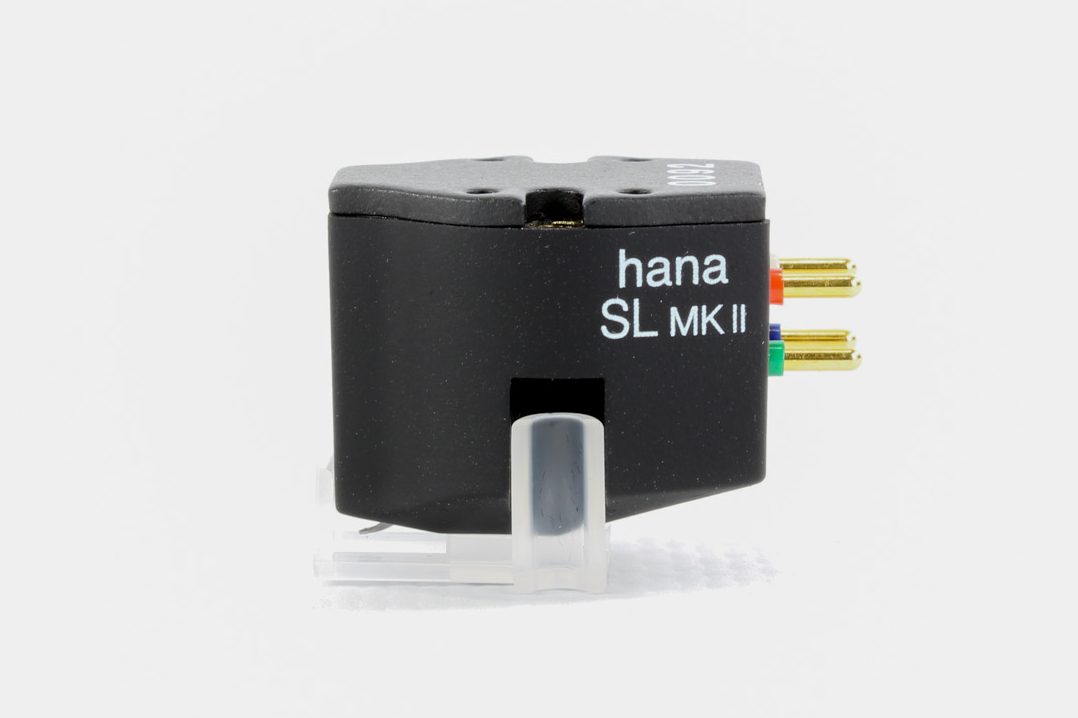
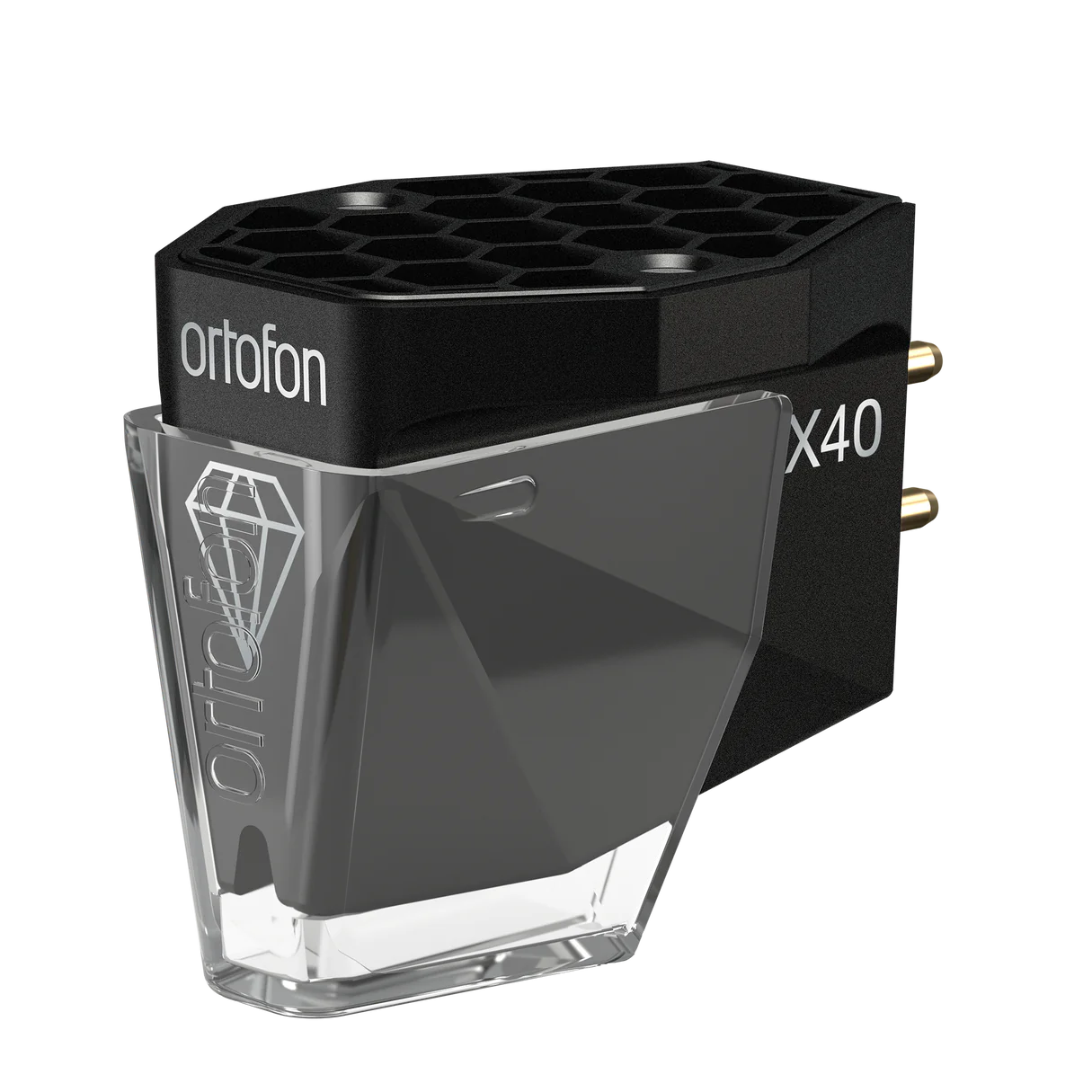
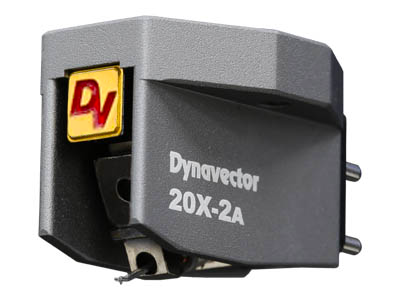
E-GLO PETIT 2: Sound performance
The E-GLO PETIT 2, stands out for its musicality. Recordings are revealed with nuance, revealing a coherent tonal balance. The characteristic “tube” sound transforms the listening experience by offering a unique sonic signature.
Dynamics are well expressed, vocals gain presence, while acoustic instruments retain their natural texture. The operating noise level allows details to emerge clearly.
E-GLO S : The high-end version
The E-GLO S features a solid aluminum chassis adorned with Makassar wood sides, displaying a more refined finish than the PETIT 2,.
- Châssis aluminium massif
- Makassar wooden flanks
- Cool Damper EAT aluminium rouge
- ECC83 tubes with accent lighting
- Careful handcrafted finish
This version uses ECC83 tubes in the first and second gain stages, with optimized circuitry.
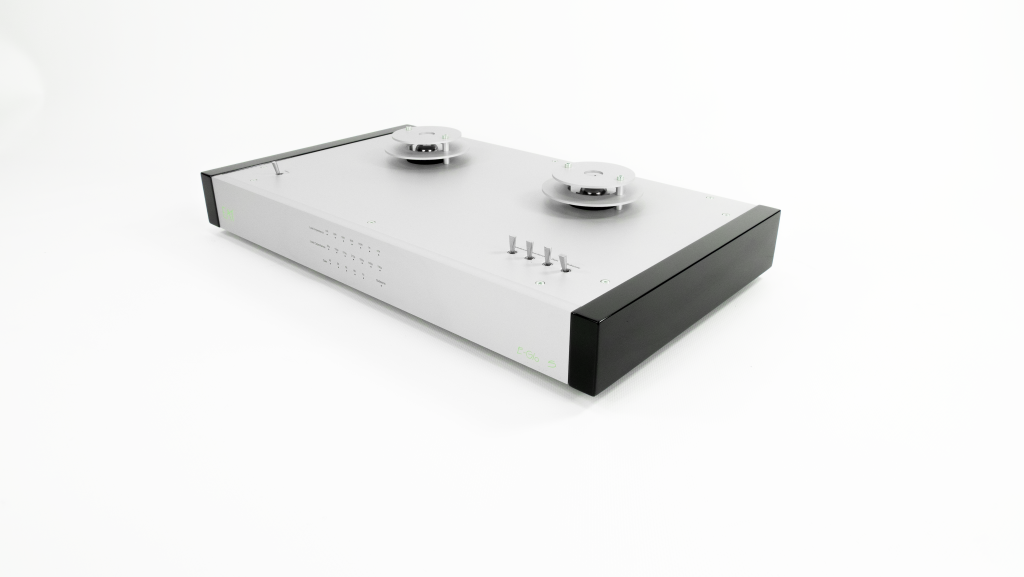
Technical specifications:
- Gain stages: ECC83 tubes (1st and 2nd stages)
- Configuration: Cascode with parallel J-FETs
- Correction RIAA: Two-step passive
- Impedance matching: Optimized between floors
- Food: Anode regulation + 3-stage filtering
- Counter-reaction: Absent
Suitable associations:
- Hana ML: High finesse and resolution
- Cadenza Blue: Notable transparency
- Umami Blue: Marked three-dimensional rendering
- Alimentation EAT LPS: Recommended exploiting the potential
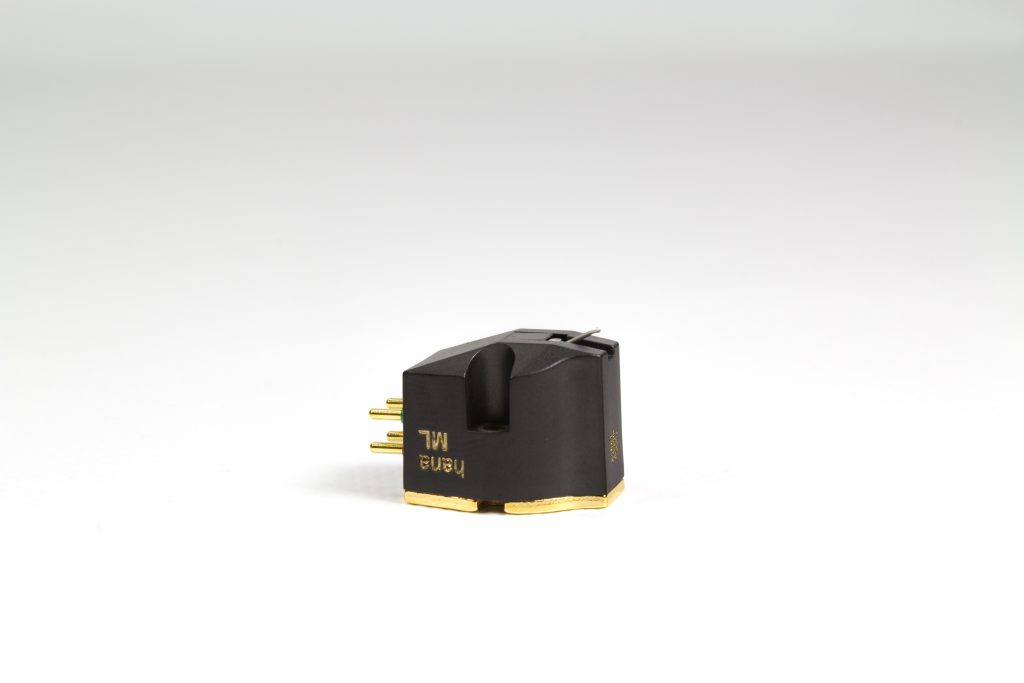
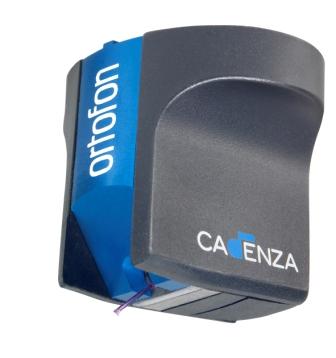
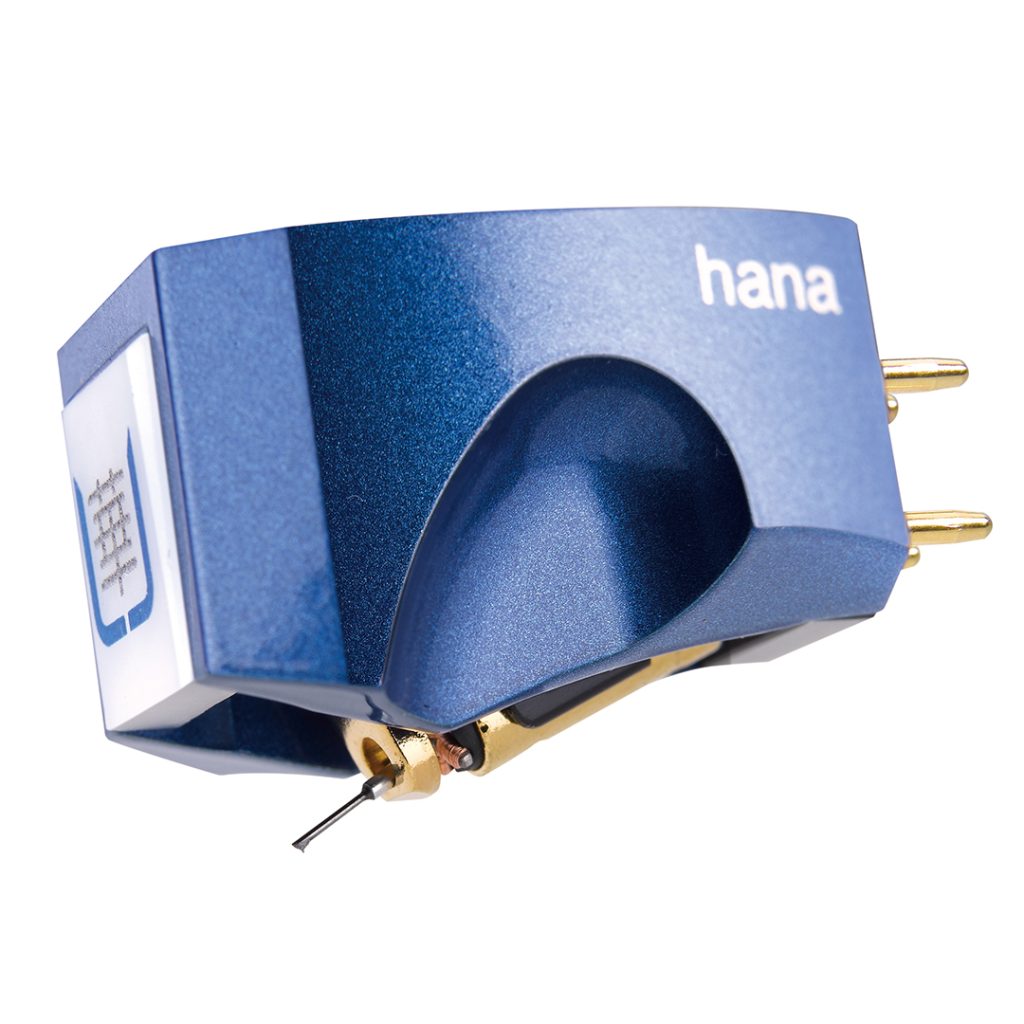
E-GLO S: Sound performance
The E-GLO S transcends mere reproduction to achieve musical revelation. Its remarkable transparency highlights every quality of the associated cartridge, revealing unsuspected nuances in your most familiar records.
On acoustic instruments, the reproduction achieves a striking truth. The percussion slams with astonishing realism, the strings vibrate with a palpable texture, and the vocals are adorned with a touching humanity. In blues or rock, the precision allows one to distinguish the signature of each guitar, each amplifier.
This ability to reveal the very essence of the recording, without coloration or artifice, places the E-GLO S in a category of its own. Under 3000 euros, no competitor reaches this level of performance and musicality.
The E.A.T LPS linear power supply: The technical complement
The E.A.T LPS power supply is part of the EAT philosophy of a neat power supply. Housed in an aluminum case with black lacquered wooden sides, it incorporates a low-noise toroidal transformer, a fast diode bridge rectifier, and 8,800 µF filtering.
Regulation by fully discrete TL431 circuits on a 15 cm aluminum heat sink guarantees:
- Voltage ripple less than 1 microvolt
- Voltage accuracy better than ± 0.05%
- Limited thermal drift
- Reduction of radio interference
Two separate outputs (18V DC/1.5A and 15V DC/2A) power EAT products and some compatible Pro-Ject models.
How to choose between these two preamp models?
Choosing between the E-GLO PETIT 2, and the E-GLO S depends on your priorities and budget. The PETIT 2 is ideal for audiophiles looking for a first taste of tube sound or for those looking to upgrade their system with a reasonable investment.
The E-GLO S is aimed at users seeking higher performance and willing to make a larger investment. Its more refined construction and extended performance make it a consistent choice for a higher-level chain..
Technical criteria for choosing the right one
Compatibility with your cell
Moving magnet (MM) cartridges deliver a stronger signal (a few millivolts) and require an input impedance of 47 kΩ with adjustable capacitance. Moving coil (MC) cartridges produce a weaker signal (a few tenths of a millivolt) and require a lower impedance and higher gain.
Both EAT models adapt to both technologies thanks to their extensive settings.
The importance of gain
Gain determines the amplification applied to the cartridge signal. An MM cartridge typically requires 40 to 50 dB of gain, while an MC cartridge requires 60 to 70 dB. EAT preamplifiers cover these needs.
The question of impedance and capacitance
Input impedance influences the output of the MC cartridge. Too low an impedance will attenuate the treble, while a high value will reinforce the high frequencies. Capacitance mainly affects MM cartridges: too high a value will create resonance in the treble.
Comparison of EAT models
| Characteristic | E-GLO PETIT 2 | E-GLO S |
| Technology | Tube/transistor hybrid | Tube/transistor hybrid |
| Tubes used | ECC83 (1st floor) | ECC83 (1st and 2nd floors) |
| Rapport S/B | 87 dB | > 87 dB |
| Finishing | Black/Natural Aluminum | Aluminium + bois Makassar |
| Impedance | 10-75,000Ω (16 values) | MM: 47kΩ, MC: 10-1000Ω (6 val.) |
| Ability | 50-620 pF (6 values) | 50-420 pF (7 values) |
| Gain | 40-70 dB (5 values) | 45-70 dB (5 values) |
| Target audience | Beginner/experienced audiophiles | Audiophiles seeking extended performance |
| Price range | Accessible | High-end |
Installation and use
Basic connections
Connect your turntable’s output to the preamplifier’s input using suitable cables. The preamplifier’s output connects to a line input on your amplifier (CD, AUX, etc.). The ground connection between the turntable and the preamplifier prevents hum.
Recommended settings
Start with the settings recommended by your cartridge manufacturer, then adjust to your preference. Too low an impedance will darken the sound, while too high a value will make it brighter. The correct gain eliminates distortion and background noise.
Investing in quality
These preamplifiers represent more than just a technical link: they constitute a significant improvement in listening. Each record in your collection can reveal little-known aspects, each artist rediscovering their emotional signature.
For beginners building their first system, these EAT references provide a solid foundation for years of listening. For serious audiophiles, they are a notable upgrade, revealing hidden aspects of their collection.
The investment is justified by the durability of these devices, designed to last a long time. EAT’s build quality ensures long-term reliability, while the tube sound retains its appeal over time.
Czech brand EAT confirms its mastery with these E-GLO S and PETIT 2. Two references that improve the approach to the phono preamplifier, making quality tubed electronics accessible. Whether you choose the accessibility of the PETIT 2 or the extended performance of the E-GLO S, your music will benefit from a notable improvement.
Discover the entire EAT range and find the phono preamplifier suited to your system at maplatine.com




